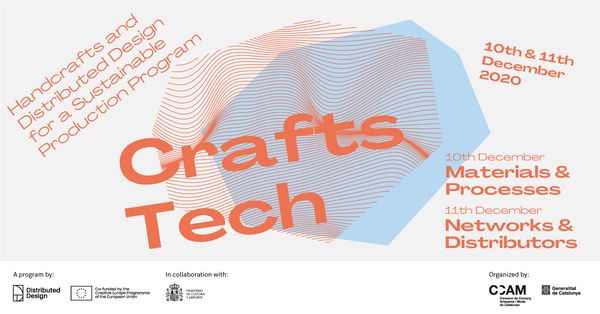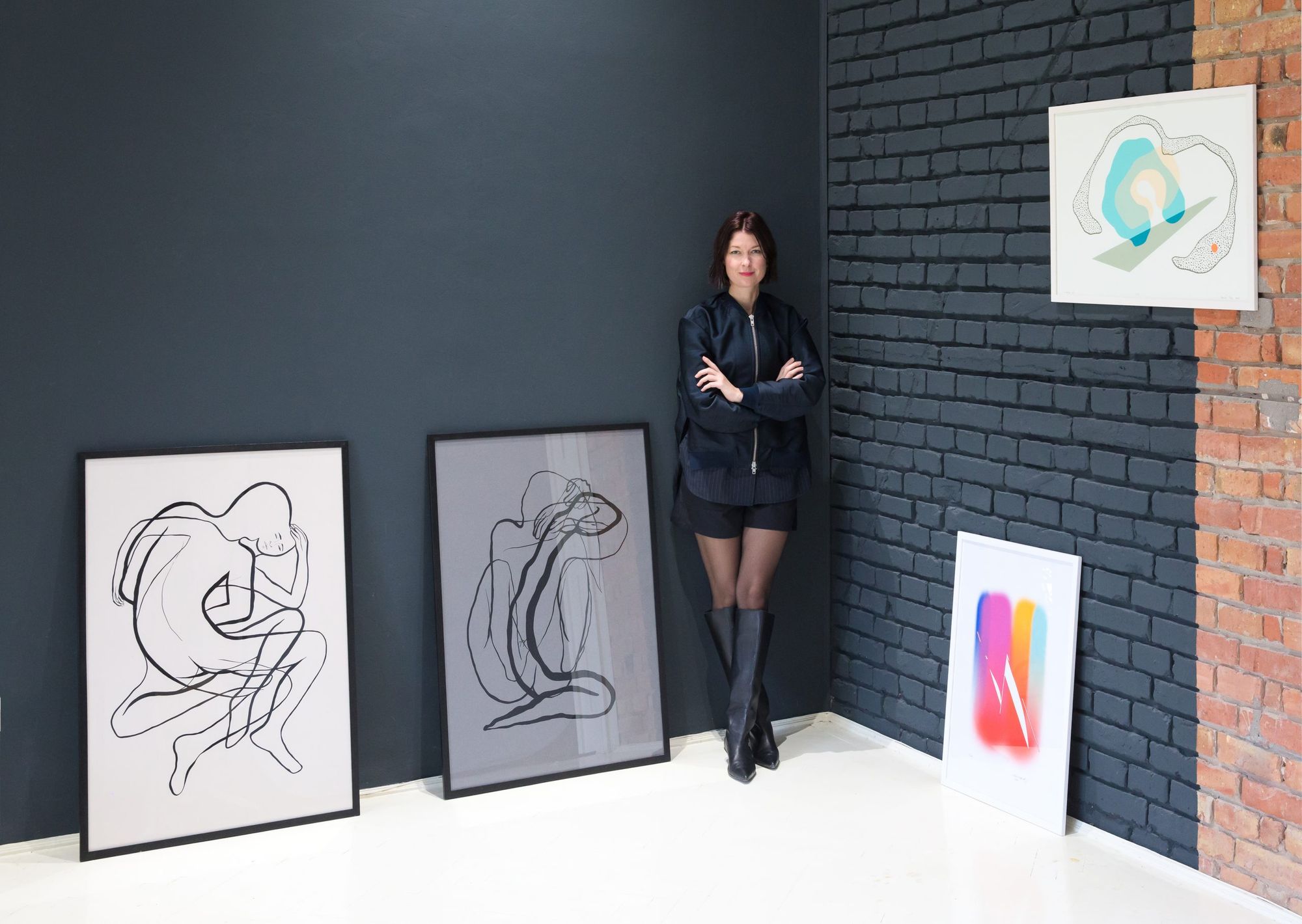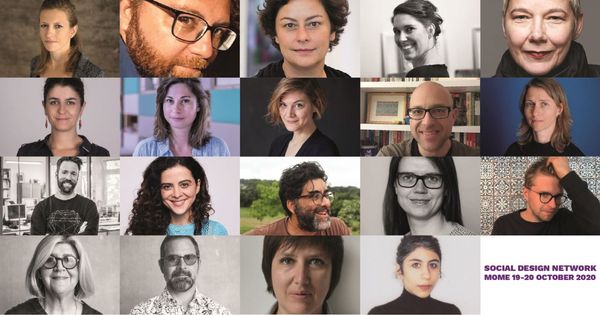Unfortunately, printed graphics receive little attention in the Hungarian art scene, yet this technique plays a central role in allowing a broad audience to access the work of famous artists amongst others. Zita Sárvári, the former head curator of Deák Erika Gallery and Société launched her latest project titled Heart & Cherry Limited Editions in the midst of the pandemic, in which she wishes to call the attention to the artistic importance of silk screen prints through the works of young artists. Interview!
Where did the idea for launching Heart & Cherry Limited Editions come from? Why is it important to you, why is promoting silk screen prints your “mission”?
The idea itself came to me years ago, so an old dream of mine is coming true with this project. I can’t thank the joining artists enough for believing in this project with me. I have always appreciated paper works due to their intimacy, I have already organized several thematic group exhibitions focusing on this medium both in Virág Judit Gallery and Deák Erika Gallery. I loved discovering these works in the hidden corners of the studio of István Nádler, Tamás Hencze and Tamás Konok – fantastic creations made with printing techniques came up from the bottom of the storage units. Later on, I got to meet one of the greatest Hungarian masters of silk screen printing, János Fajó, and I was captivated by his silk screen prints inspired by simple geometry and boasting intense colors. Then in the course of an art history grant, I had the chance to explore the historical background of silk screen printing in Hungary, and at that time I was certain that I would like to bring this technique back with the help of young, contemporary artists.
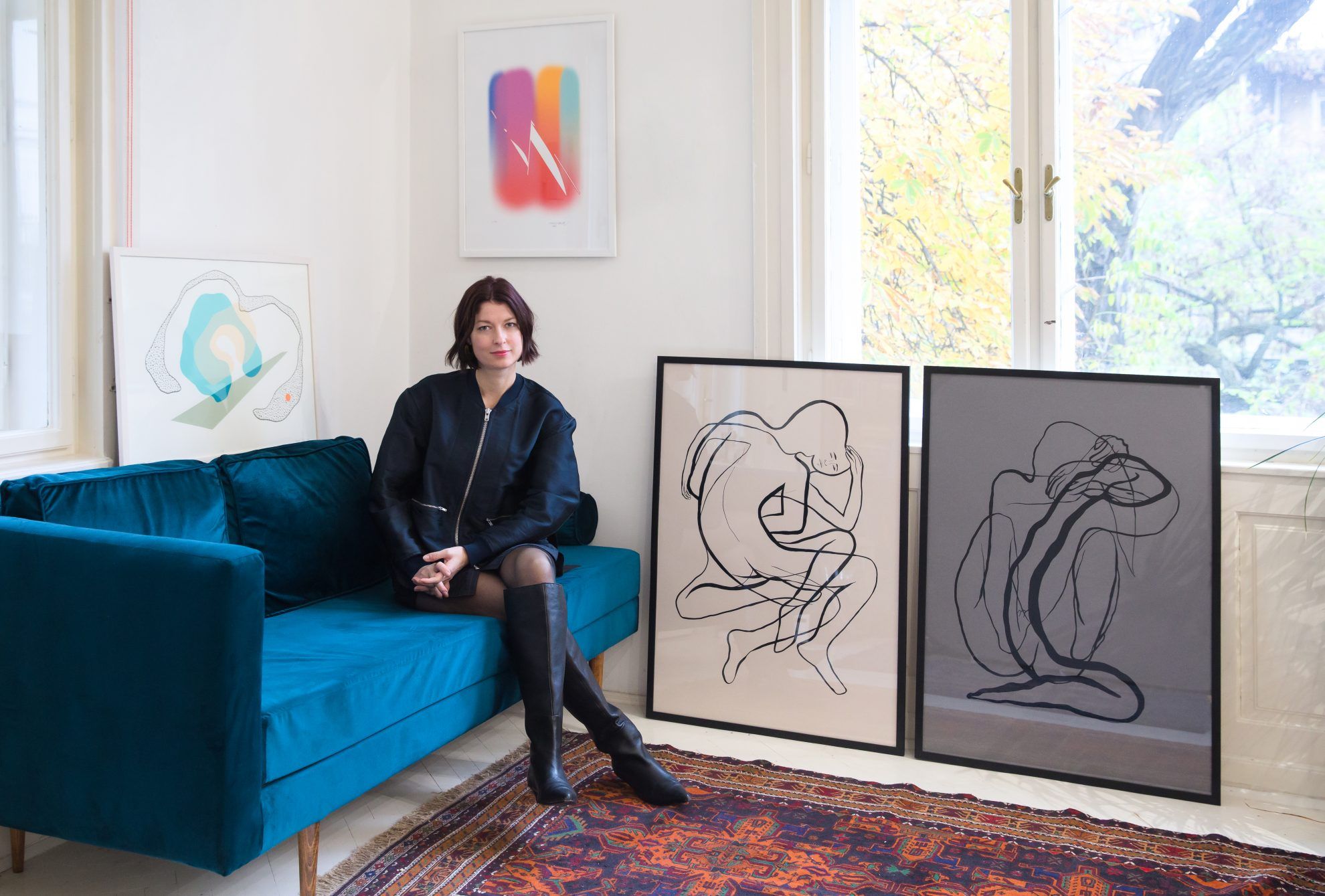
How open do you think the supporters of Hungarian contemporary artists are to printed graphics? How much has the attitude towards this technique changed over the past years and decades?
I have always wanted to lift the artworks made with reproduction to their rightful rank, and offer some alternatives to the hegemony of oil-canvas technique. It is important that people see that the oeuvre of an artist is diverse, and the various prints play a just as important role as paintings do. While this genre was popular in the entire world in the sixties amongst visual artists, today it has faded into oblivion.
Yet silk screen prints simply democratize visual arts, and due to their nature, they can bring high art to more a broader audience, while also being able to raise a new, young generation of collectors, who can experiment with the styles and genres they like the most more bravely with the help of prints.
Currently in Hungary there are no galleries that focus explicitly on printed works of art, and in my opinion the reason for that is the fact that they cannot generate the same profit on a print than on a unique artwork, and collectors don’t grasp the essence of multiples either. This is an in-between genre, and this challenge is what I like in it exactly.
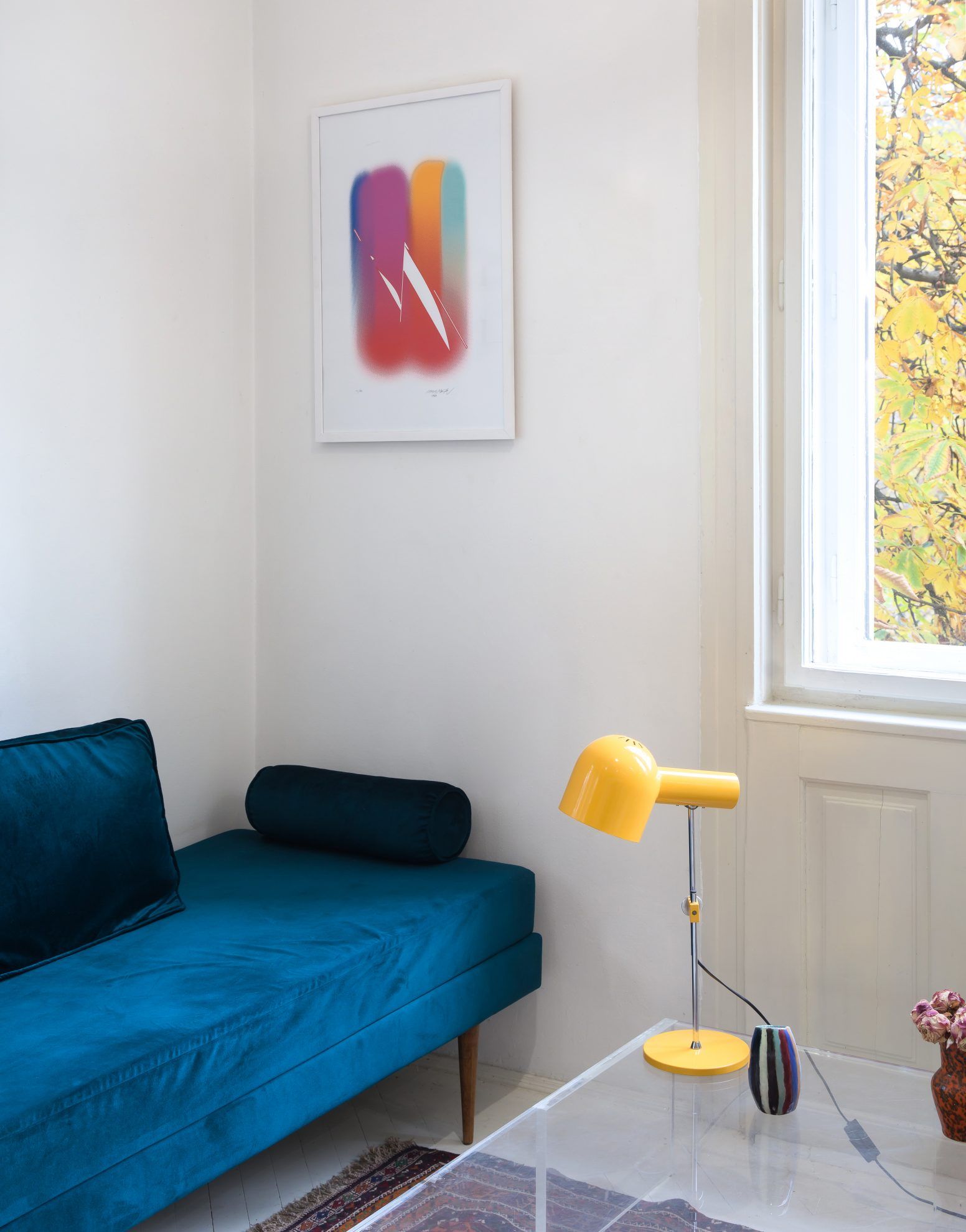
As the former head curator of Deák Erika Gallery and Société, how do you think the epidemic influences the Hungarian art scene? What role could Heart & Cherry Limited play in it?
Visual arts is still a very offline genre, this is why it is so sad that galleries and museums are closed again, and such great initiatives like Société had to suspend their operation indefinitely. This forced hiatus is still a fantastic opportunity for reevaluating our role in the world, to set new goals and to elaborate the existing ones. To me, launching a project in the midst of the pandemic justifies my commitment, my love for the project and my faith in it.
You launched your project with three young Hungarian artists: the artworks of Zsófi Barabás, Zsuzsa Moizer and Marci Nemes will be available first as silk screen prints. Why them?
I wanted to start this journey with the artists that are the most important to me. Artists with whom I have been working for long, and who are dominant figures of the contemporary Hungarian visual arts scene.
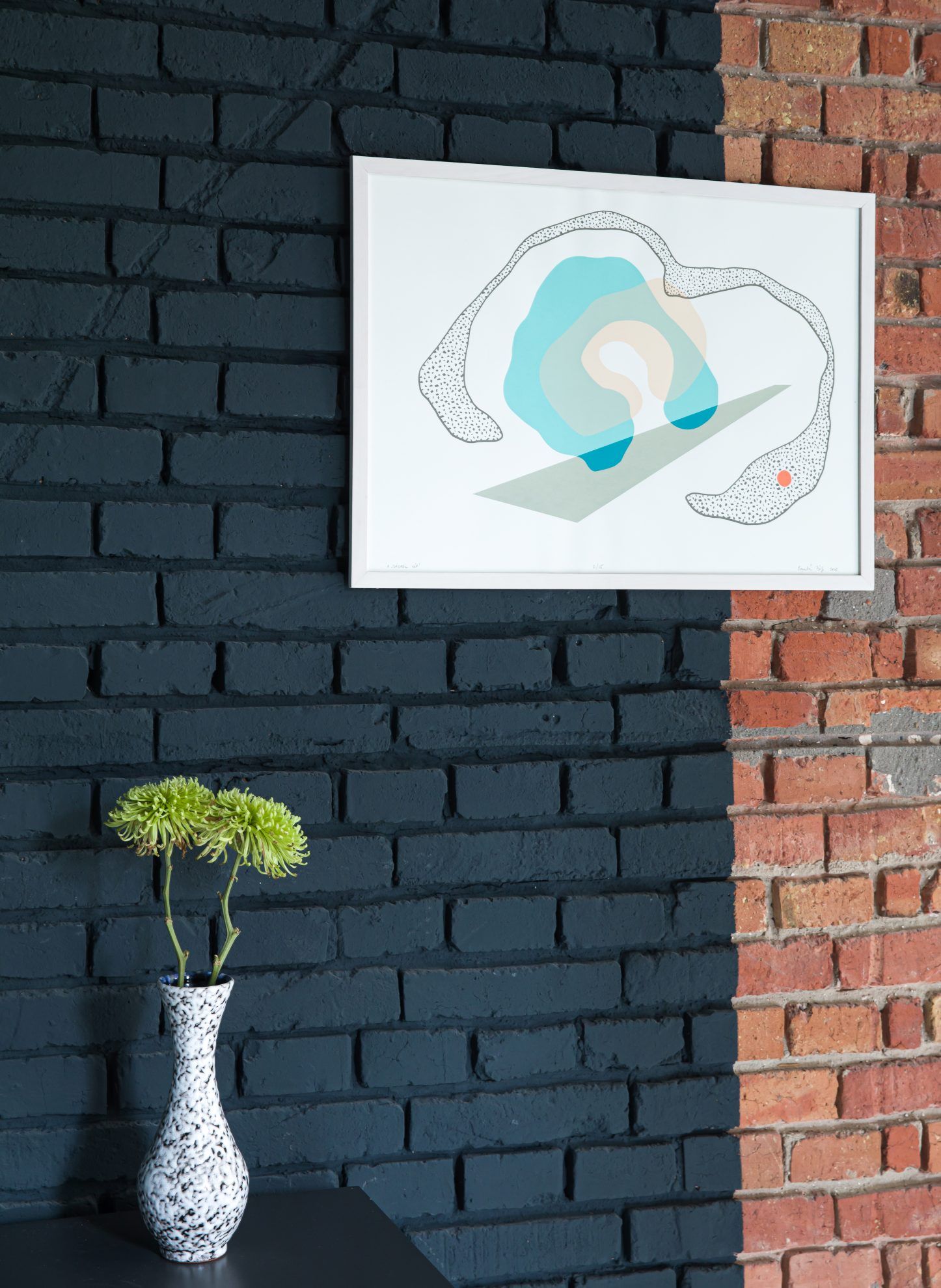
The numbered Heart & Cherry Limited Editions screen prints will be available in extra limited quantities. How can we get our hands on them?
The first silk screen prints of the artists will only be available to a narrow group of people. Only 33 pieces will be made of Marci Nemes’s work, while only 25 pieces will be available of Zsófi Barabás’s and Zsuzsa Moizer’s creations. Each print will be numbered and signed and will come with a certificate of authenticity. This collection will be available online via my Instagram page, but of course the main goal is to create a larger collection and open a concept gallery.
Are you planning to take the project to an international level? Either in terms of sales or perhaps making screen printed versions of the artworks of regional or other foreign artists.
International collaborations with collectors, creators, galleries and specific art fairs is absolutely a goal of ours.

Originally, Heart & Cherry was the name of your private Instagram page. Why did you choose this name for your project? What do heart and cherry mean to you?
The very profane explanation of this is that these were my identification signs in nursery and kindergarten. But I like the two pictograms in all formats. I can relate to their symbolic meaning just as much as I can relate to the simple, straightforward yet lovely formalism that accompanies the visuality of the signs. Marci Nemes played a great role in launching the project under the name Heart & Cherry instead of my own, which is a usual choice in the case art projects. He thinks this name is eye-catching and associative, which can make it easy to remember even abroad.
You mentioned that the main goal is to open a concept gallery in the future. What other plans do you have for Heart & Cherry Limited Editions?
Currently I feel calm and joyful because Heart & Cherry Limited Editions finally reached the stage of palpability. I think this project offers vast potentials from workshops to creative camps to participating in international art fairs. These are the first steps now, and I hope the audience will love it just as much as I do.
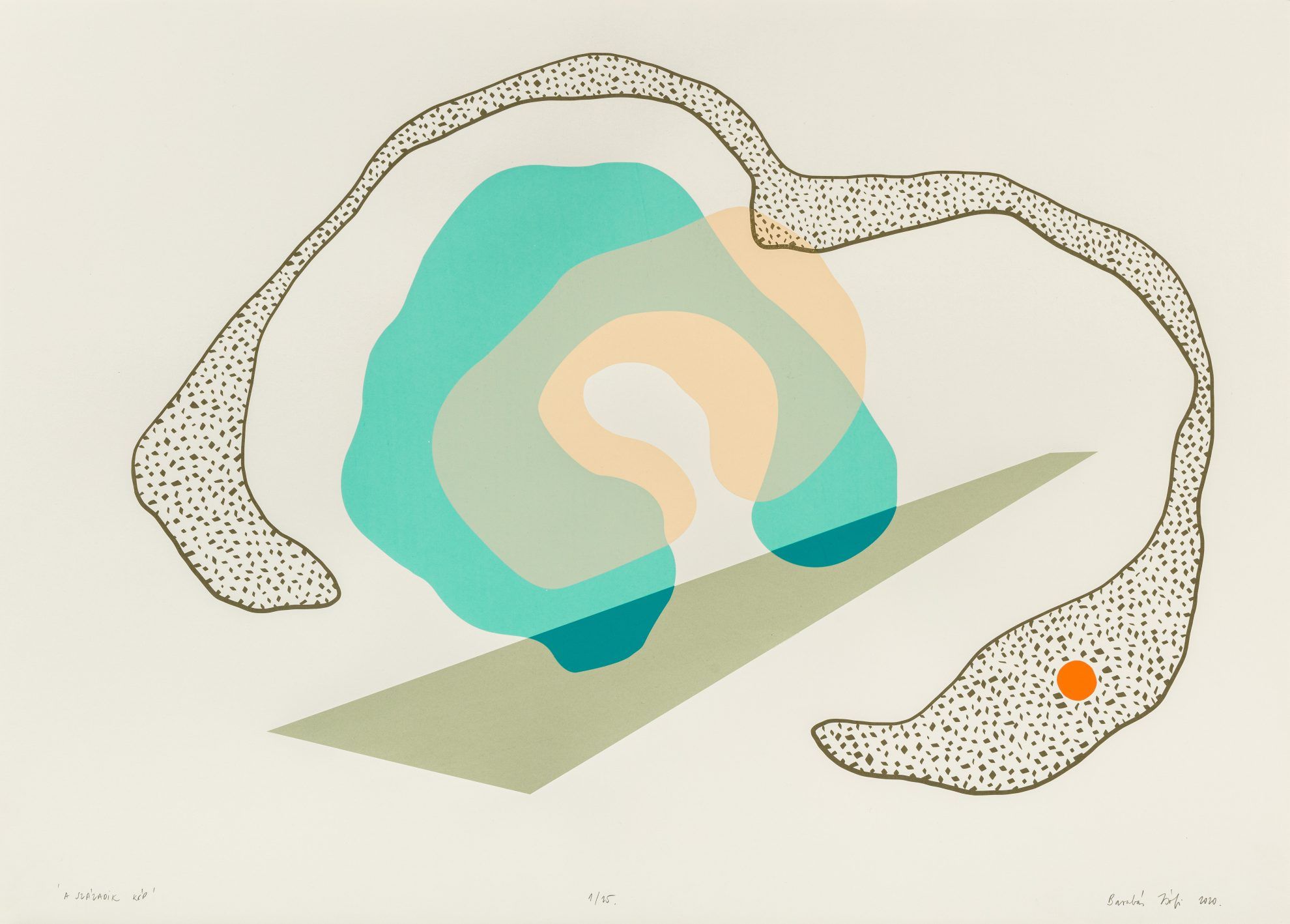

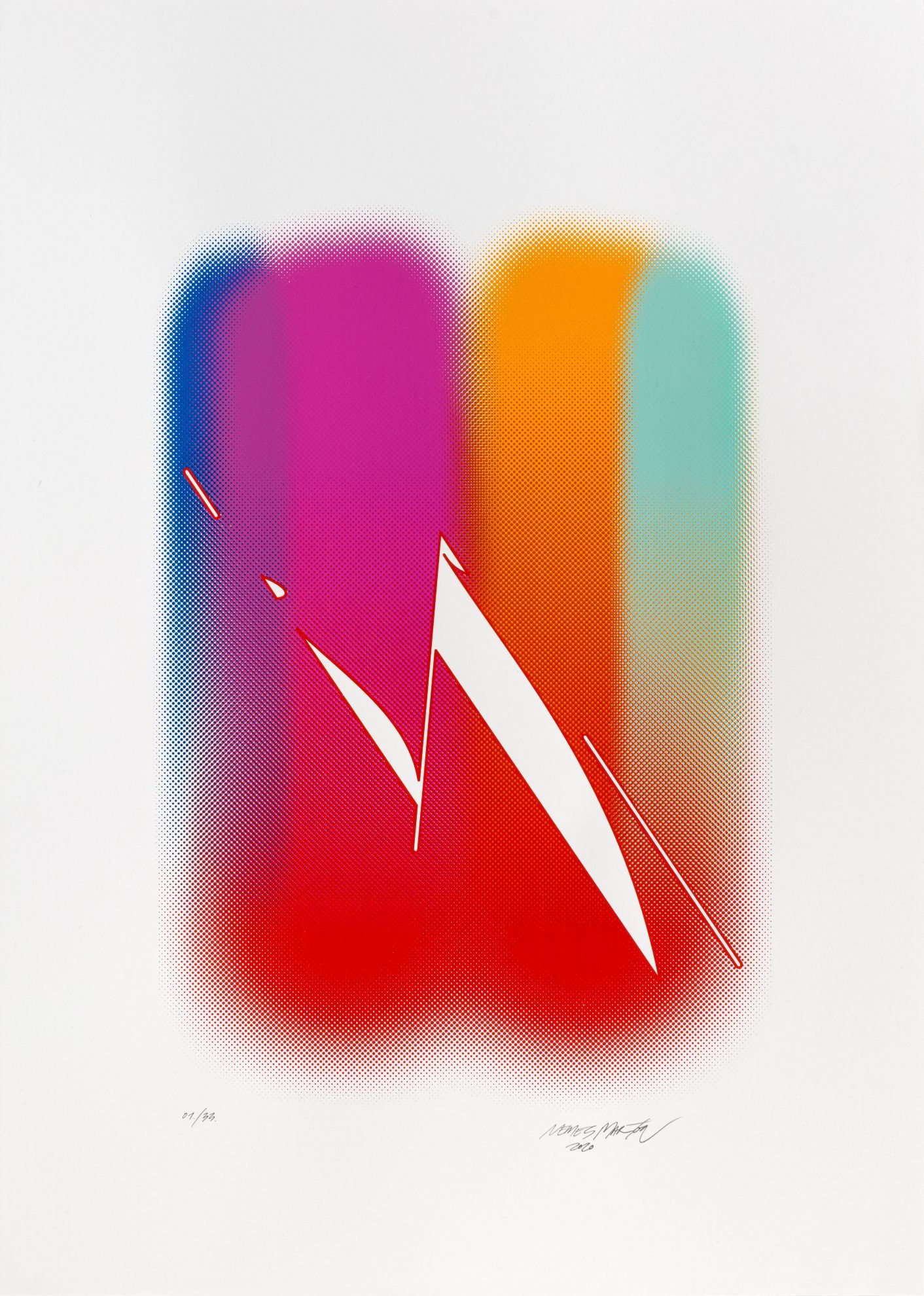

Photos: Balázs Mohai
Heart & Cherry Limited Editions | Instagram
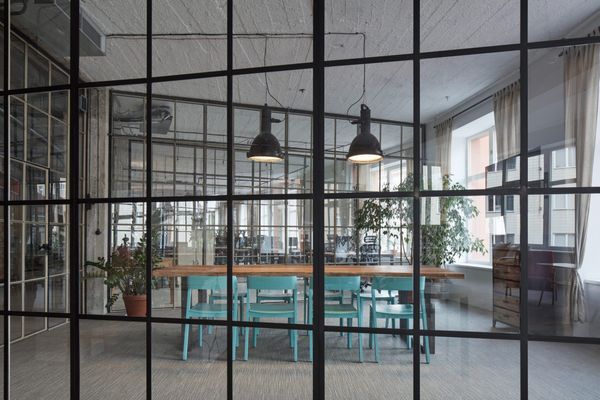
Office spaces with an industrial vibe | Kurz architekti
